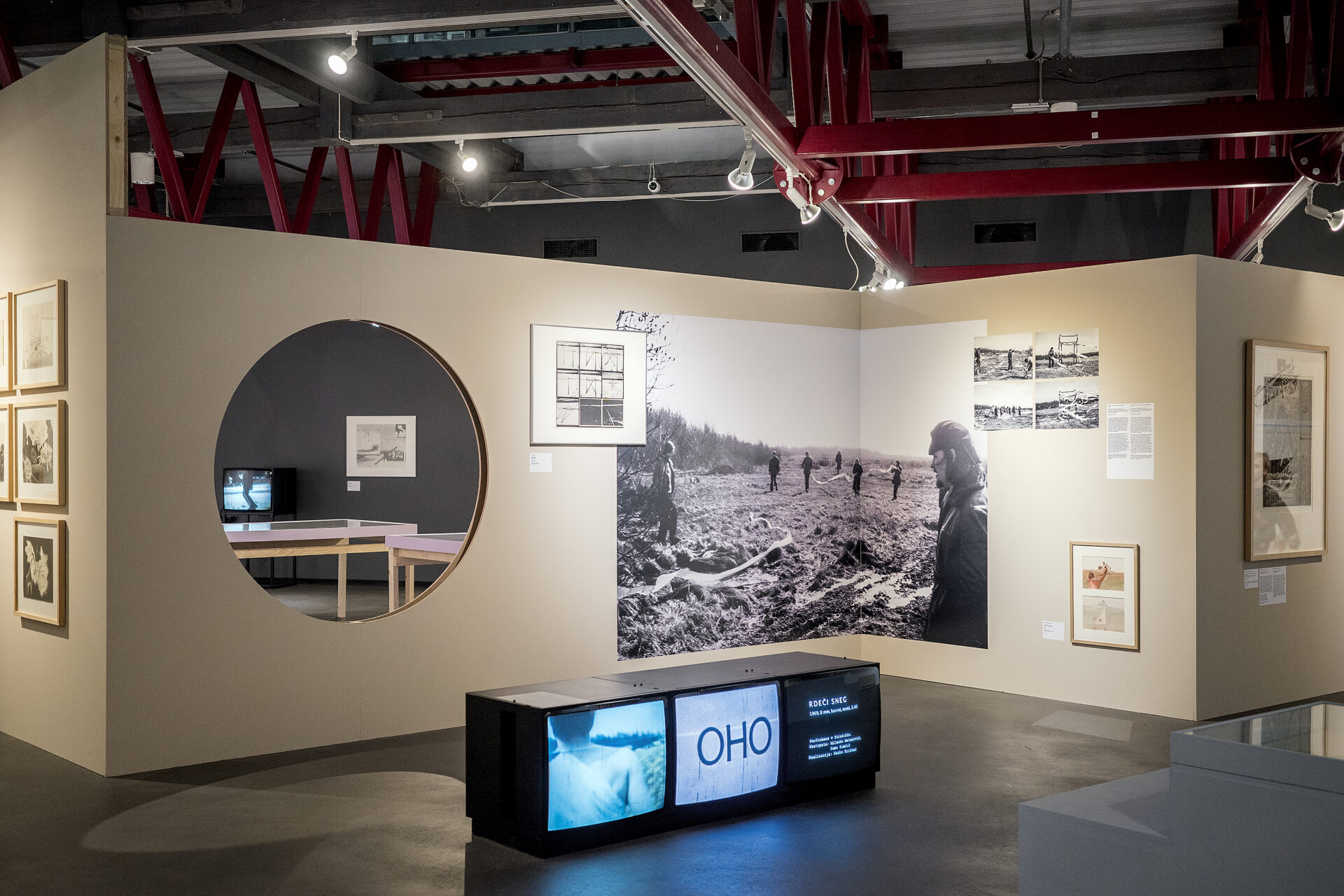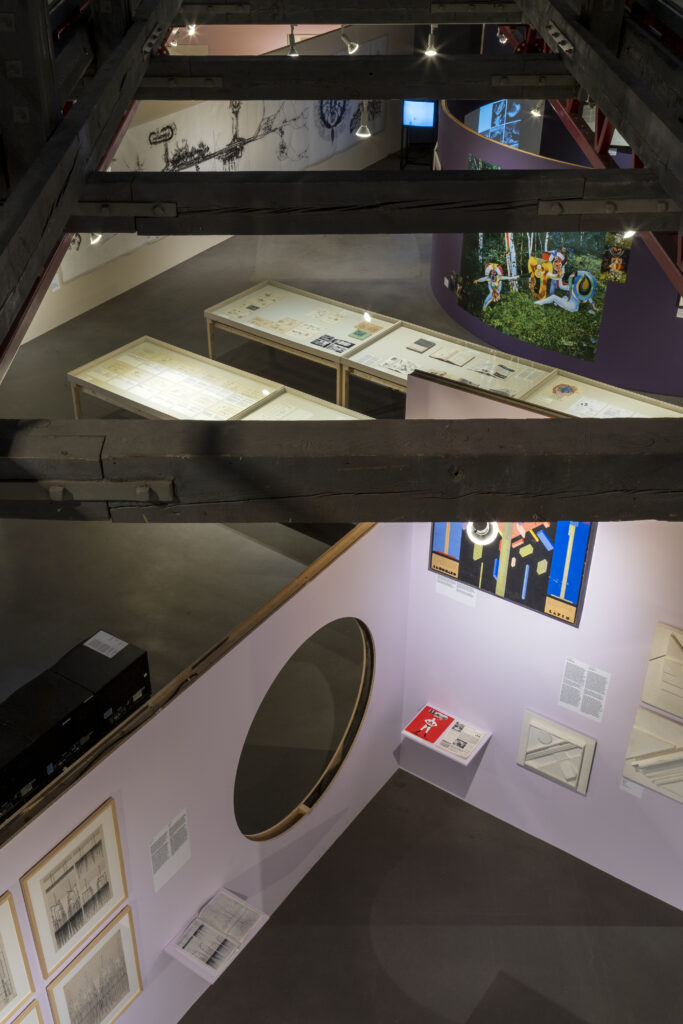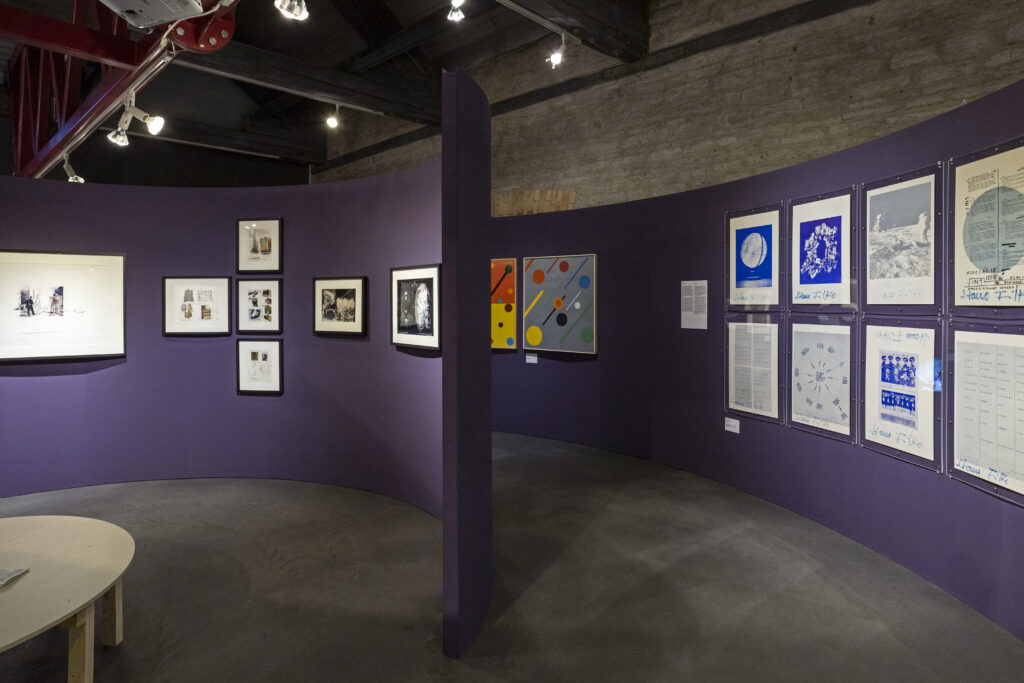This exhibition staged a meeting point for scientific predictions and futuristic fantasies that were manifested in architecture and art from the 1960s to the 1980s. The exhibition displayed works that emerged from the new technological reality that followed the Second World War and took it along unexpected paths: foreseeing the replacement of work with games and collective pleasures in computerised societies, turning away from the overarching machine logic and replacing it with myths and romantic ideas of the human being, or looking for traces of other civilizations from space, instead of conquering it. A utopia of quantification and of scientific planning, of the separation of life and work, was replaced by a strive for harmony between the machine and nature, the mind and the body. These projects are extensions of a technologized world, ironic and sometimes even absurd situations that present a critique of rationalism and speak of the contradictions of late modern society, demonstrating at the same time both its intellectual horizons and the limits of its utopian fantasies.
During the Cold War, both in the East and the West, the race in science and technology corresponded with a vision for a new kind of future that would be radically different from the present. Rather than a single fixed idea of the future, scientists modelled various scenarios of what was to come. This plurality of futures also influenced intellectual culture, which from the end of the 1960s became characterised by withdrawal from Western humanism and fragmentation into different ideological currents. Ironically, in retrospect the forecasts made during that period tended to show not so much what was to come in the future but rather the intellectual and imaginary paradigms of their present. Focusing on East-European conceptual architecture and drawing it together with selected parallels from the West, this exhibition presented a new reading of the so-called ‘postmodern turn’ in architecture that took place during the 1960s to the 1980s. The exhibition also recontextualised several phenomena and works that have previously been constrained by being categorised according to strict national, school-based or professional delineations: phenomena such as ‘paper architecture’, constructivist aesthetics and geometric abstractionism.




















































































































































































































